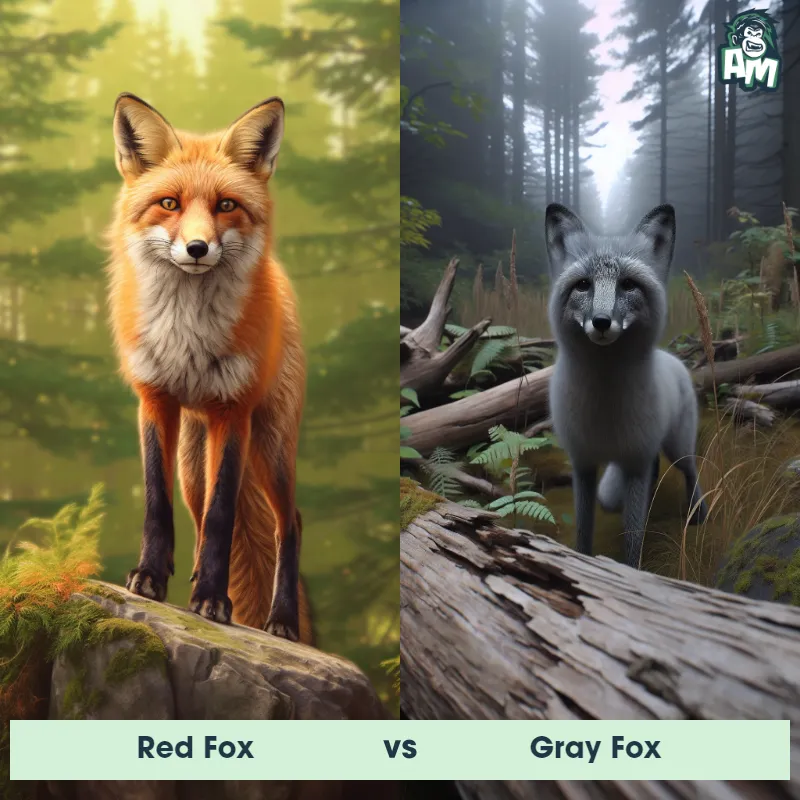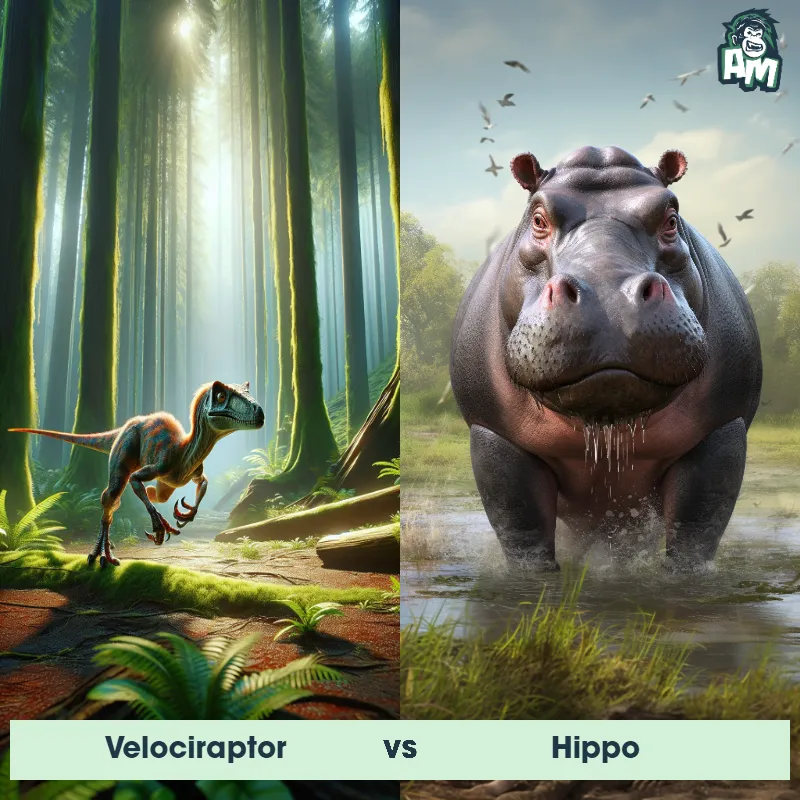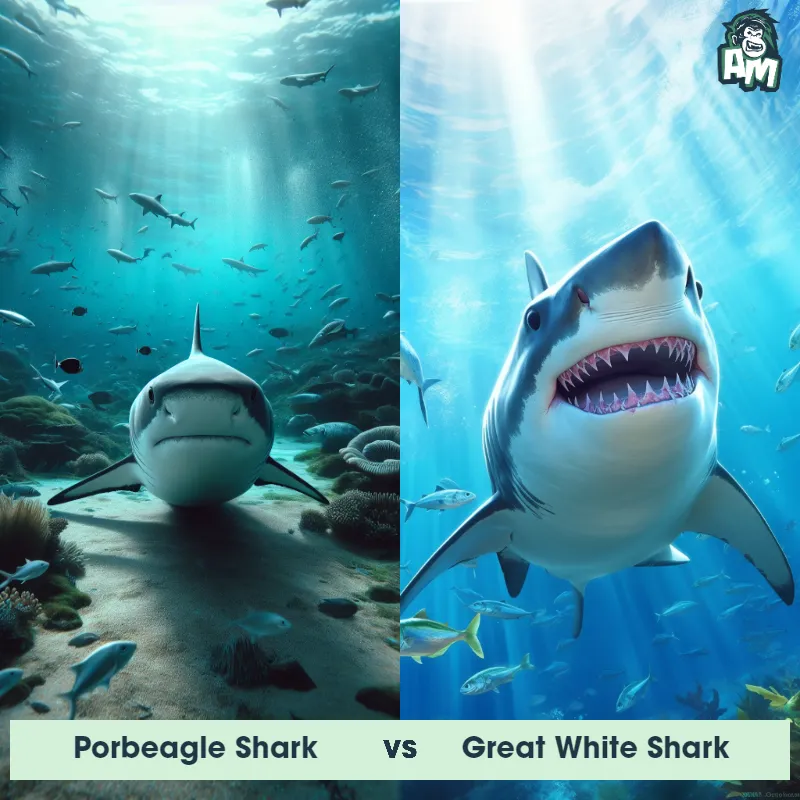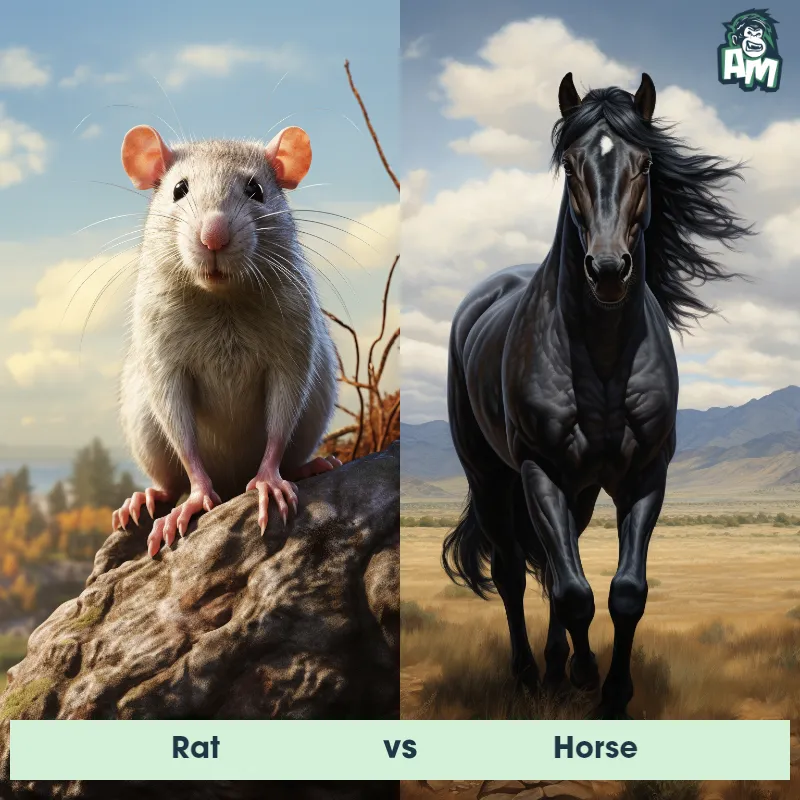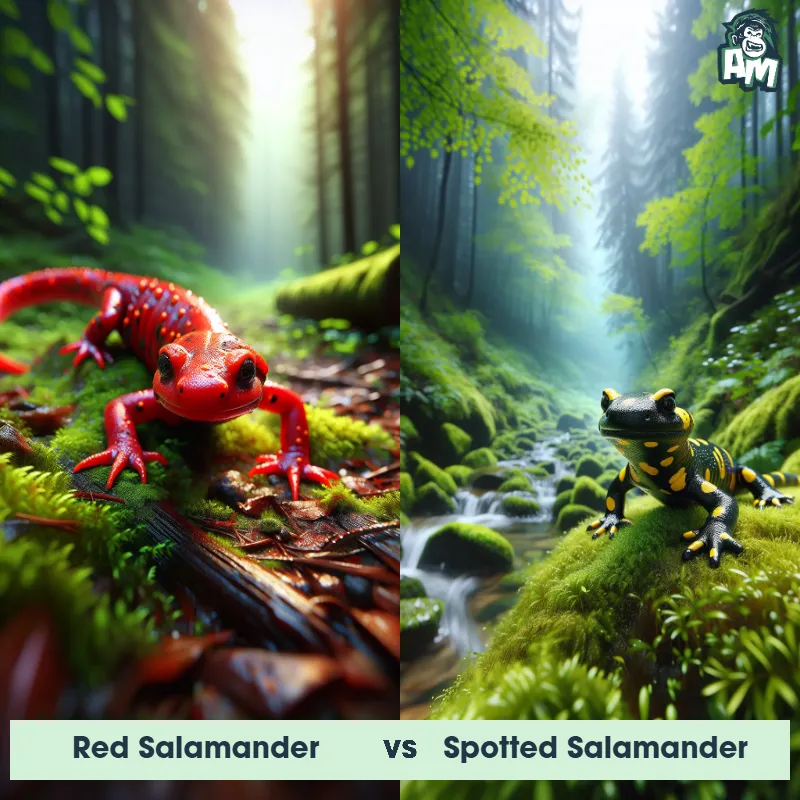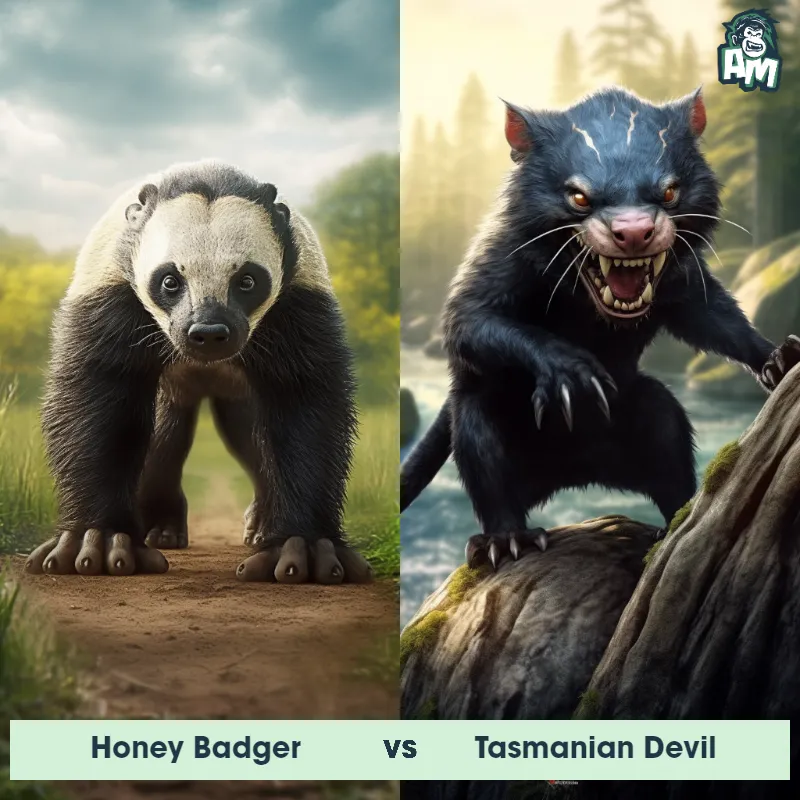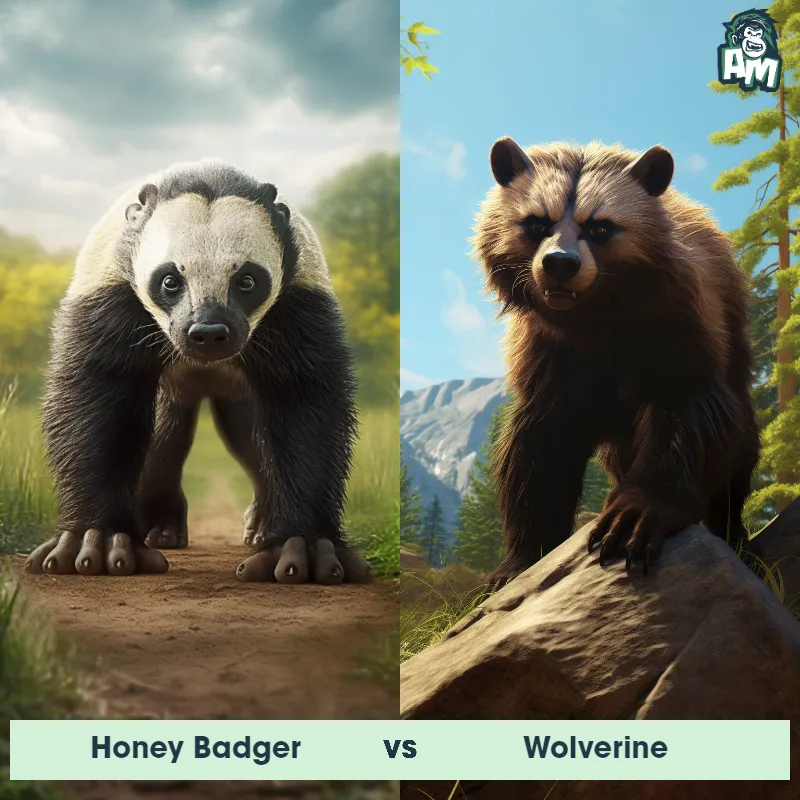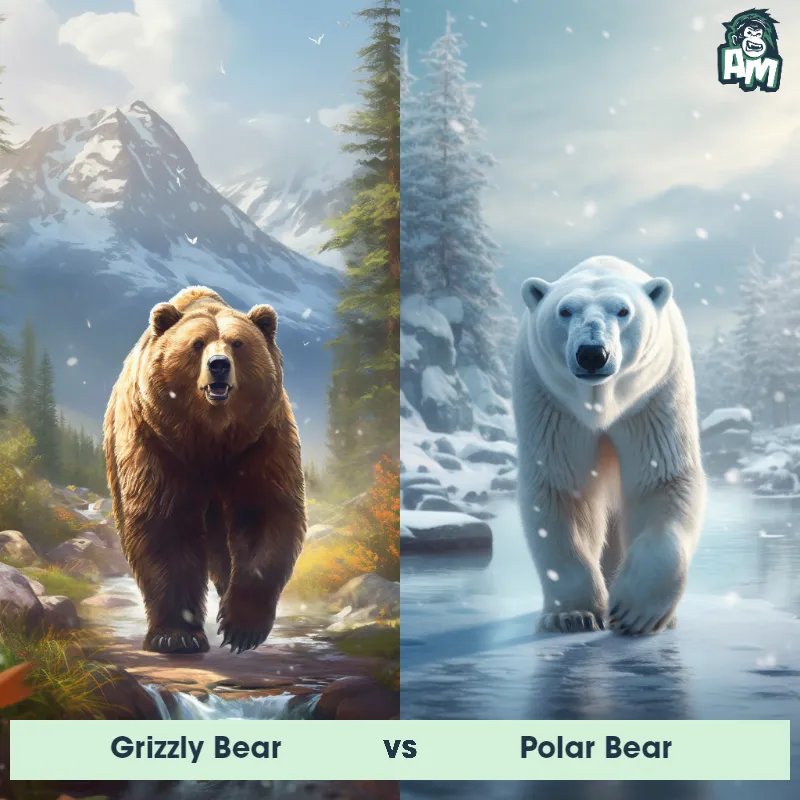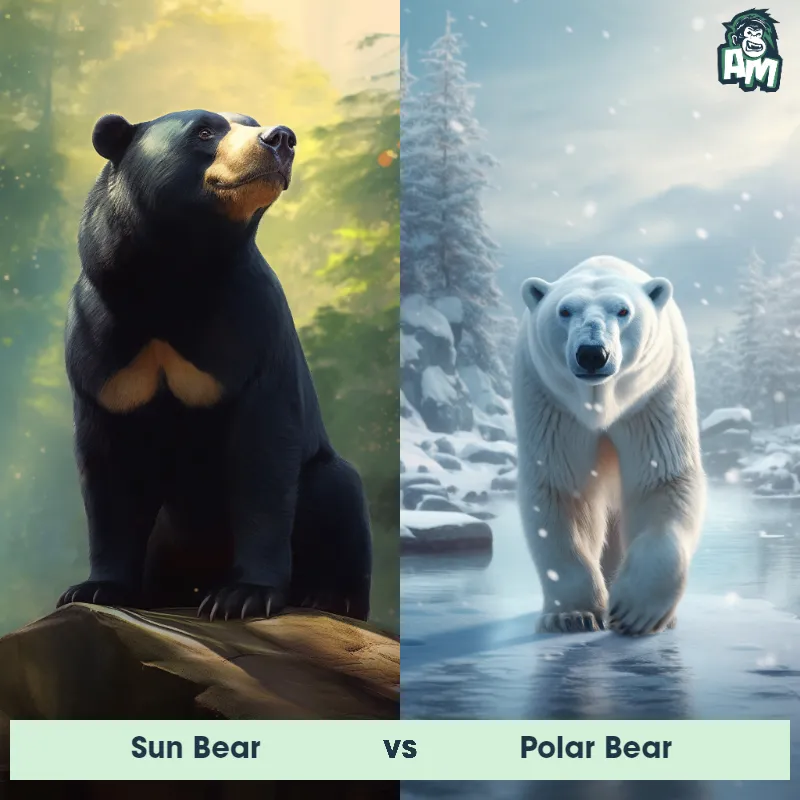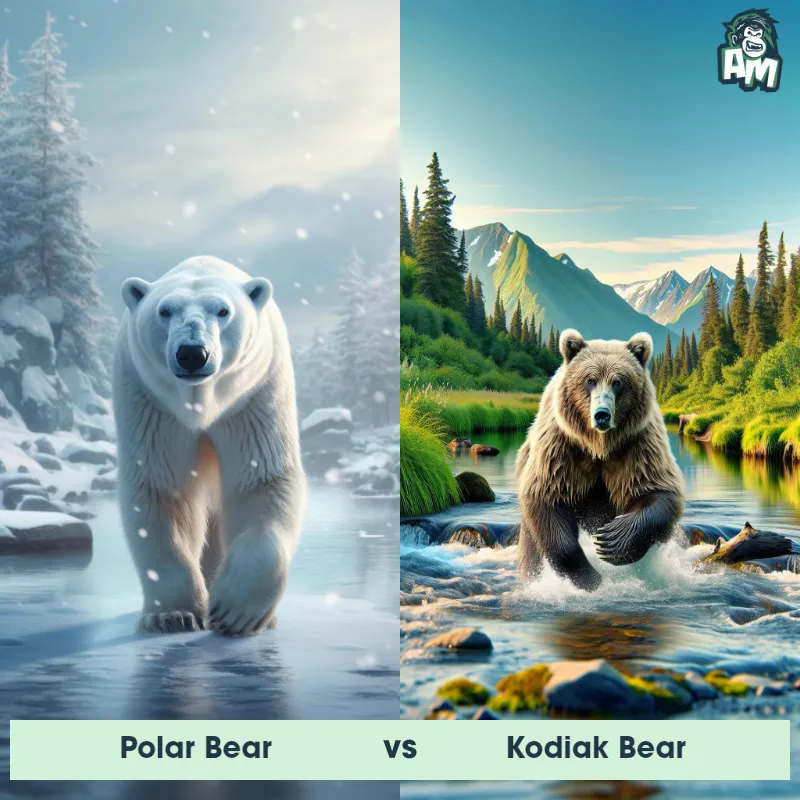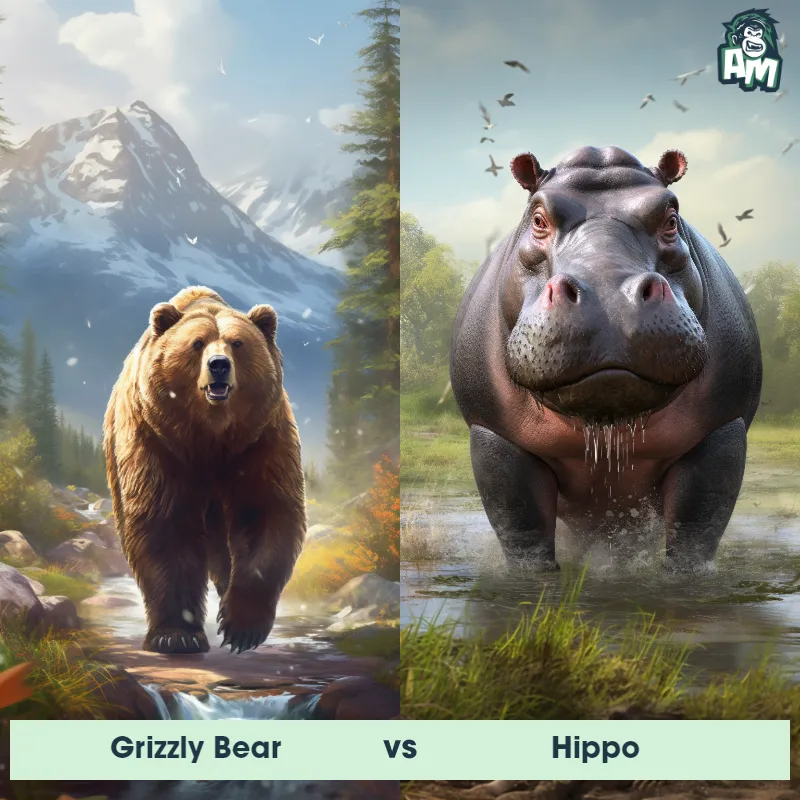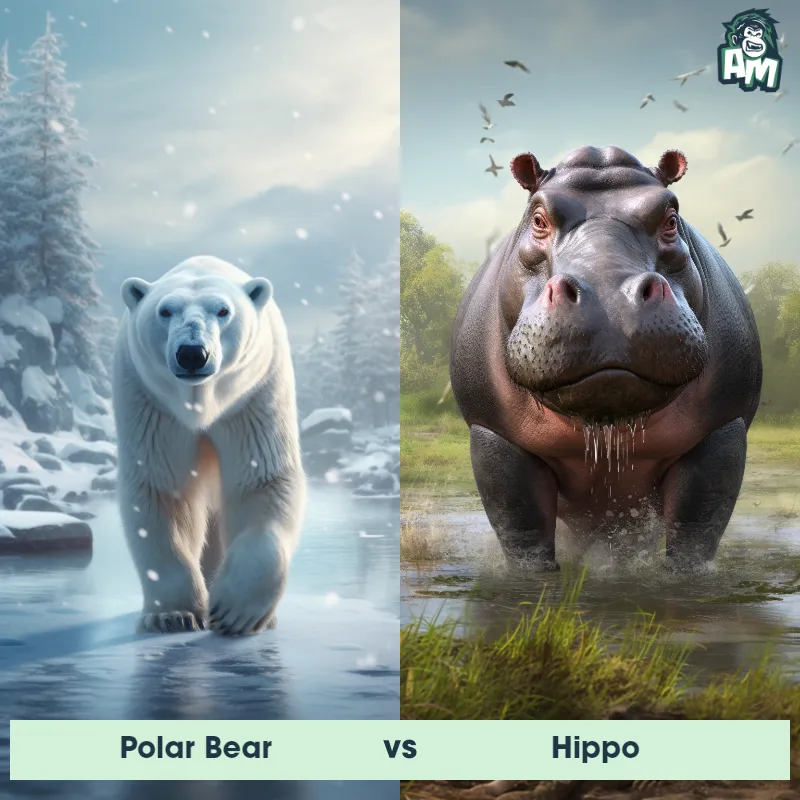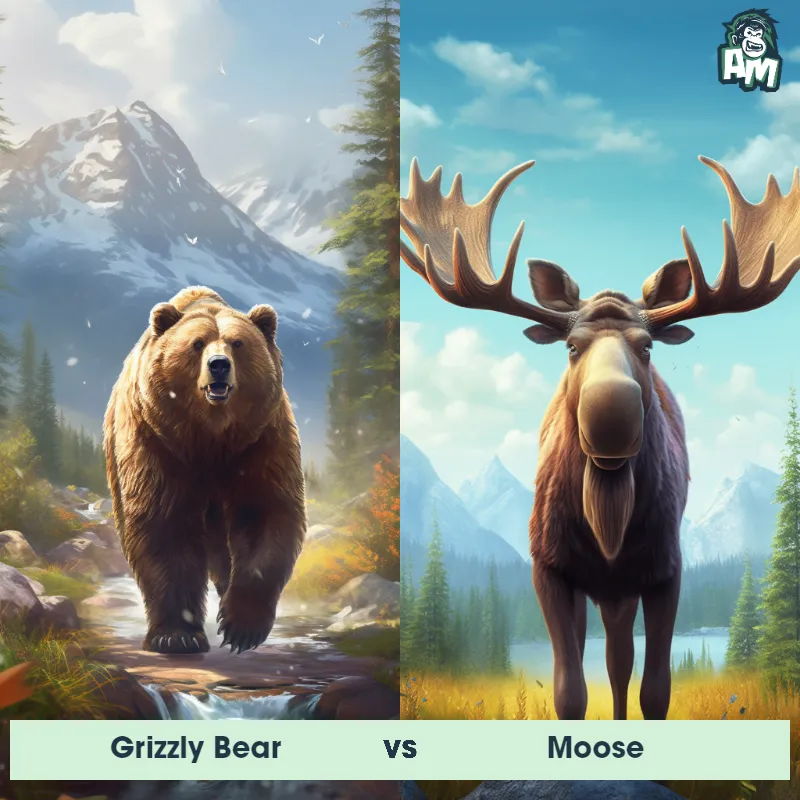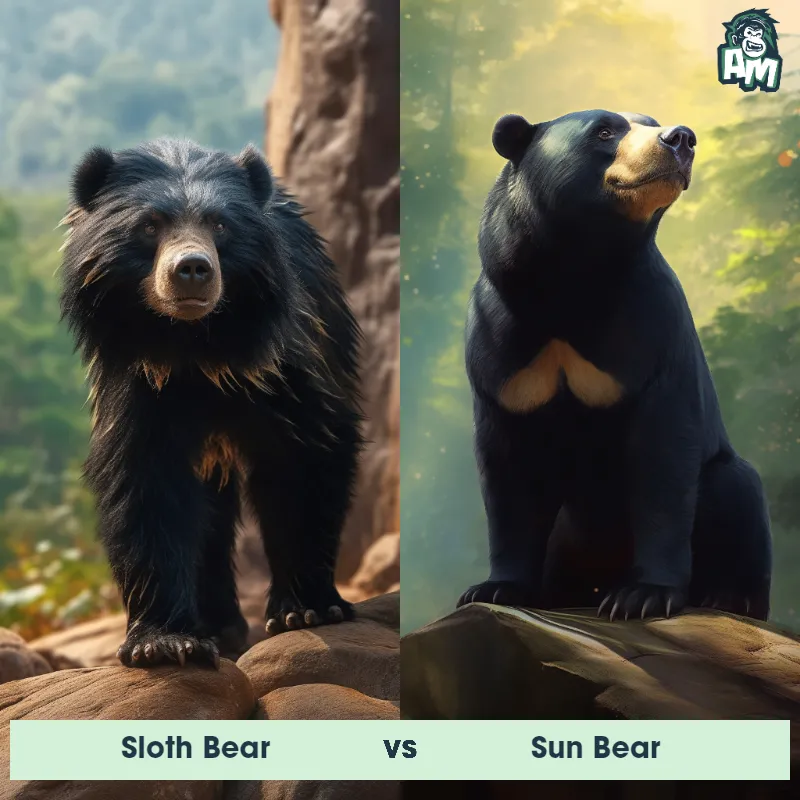Honey Badger vs Polar BearSee Who Wins
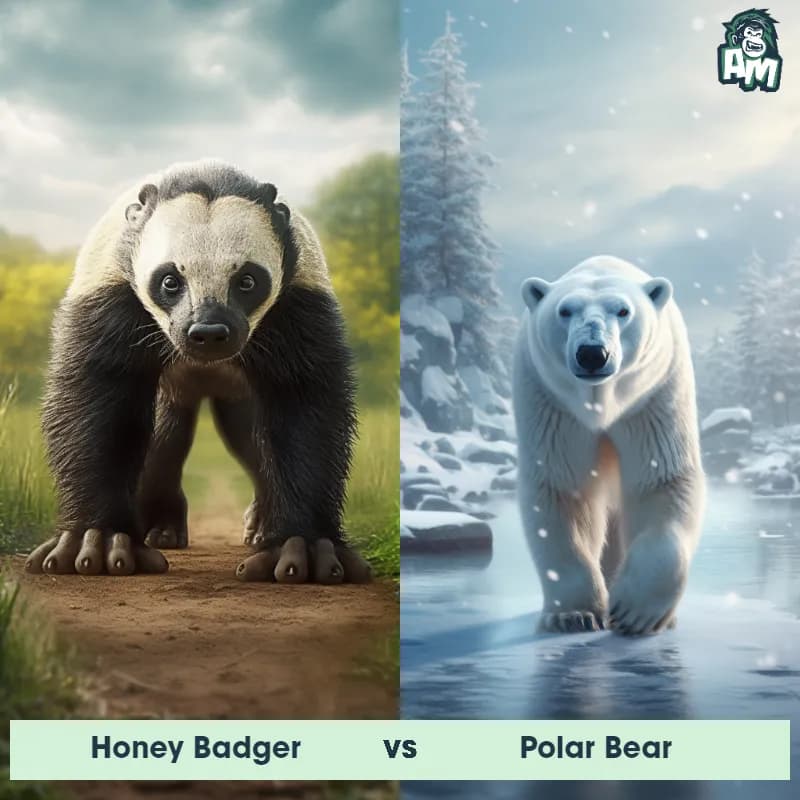
Good evening, ladies and gentlemen! Welcome to this thrilling matchup here tonight between two fierce competitors. In one corner, we have the tenacious Honey Badger, known for its relentless fighting spirit. And in the other corner, we have the colossal Polar Bear, a true force of nature. Get ready for a showdown like no other as these two animals face off in a battle for supremacy!
Contender 1: Honey Badger
The Honey Badger, also known as the ratel, is a small carnivorous mammal found in Africa, Southwest Asia, and the Indian subcontinent. They have a stocky build, with a broad head, powerful jaws, and sharp claws. Their fur is thick and coarse, ranging in color from gray to black with a distinctive white stripe on their back. Honey Badgers are known for their fearless and aggressive nature, often taking on animals much larger than themselves, such as lions and hyenas. They are also known for their ability to withstand venomous snake bites and their love for honey, which they obtain by raiding beehives.
Fun Fact: Honey Badgers have been known to dig up and eat buried human corpses, earning them the nickname "the world's most fearless animal."
Contender 2: Polar Bear
The Polar Bear, also known as the Ursus maritimus, is a large carnivorous mammal that inhabits the Arctic region. They have a thick white fur coat that helps them blend in with their snowy surroundings, and their large paws are equipped with sharp claws that allow them to grip onto ice and catch prey. Polar Bears are excellent swimmers and can swim for long distances in search of food. They are also known for their incredible sense of smell, which they use to detect prey from miles away.
![[object Object] Gif](https://tenor.com/view/fight-mission-critical-nat-geo-wild-scuffle-brawl-gif-20524033.gif)
Fun Fact: Polar Bears have a layer of fat that can be up to 4.5 inches thick, which helps them stay warm in the frigid Arctic temperatures.
Matchup Stats
| Honey Badger | Polar Bear | |
|---|---|---|
| Size | 25-30 inches (63-76 cm) in length | 8-10 feet (2.4-3 meters) |
| Weight | 19-26 pounds (9-12 kg) | 900-1,600 pounds (408-725 kilograms) |
| Speed | Speed: 20 mph (32.19 km/hr) | Speed: 25 mph (40 km/hr) |
| Key Strength | Powerful jaws and sharp claws | Powerful jaws and sharp claws |
| Biggest Weakness | Short legs and small size | Slow movement on land |
Current Votes
Honey Badger vs Polar Bear
See Who Wins
View More Matches
Looking For More?
Similar Matches
Scientific Stats
| Honey Badger | Polar Bear | |
|---|---|---|
| Scientific Name | Mellivora capensis | Ursus maritimus |
| Family | Mustelidae | Ursidae |
| Habitat | Terrestrial | Arctic region |
| Geography | Africa, Southwest Asia, and the Indian subcontinent | Arctic Circle |
| Diet | Carnivorous, eats small mammals, birds, reptiles, insects, and honey | Carnivorous, primarily seals |
| Lifespan | 24 years - 26 years | 20 years - 30 years |
Key Differences between Honey Badger and Polar Bear
- Please note that while these differences are generally true, there may be some variations within each species.:
- Fur color and texture: Polar Bears have thick white fur, which provides them with excellent insulation in their cold Arctic habitat. In contrast, Honey Badgers have coarse, thick fur that is usually gray or black, with a lighter stripe running down their back.
- Size: The Polar Bear is significantly larger than the Honey Badger. Adult male Polar Bears can weigh up to 1,500 pounds and reach lengths of up to 10 feet, while adult Honey Badgers average around 30 pounds and are about 2 to 3 feet long.
- Body shape: Honey Badgers have a compact, muscular body with a broad back and short legs, which are adapted for digging. On the other hand, Polar Bears have a streamlined body shape, long neck, and large front paws that enable them to swim efficiently in the icy waters.
- Tail length: Honey Badgers, also known as ratels, have relatively short tails, usually measuring less than a foot in length. In contrast, Polar Bears have a longer and thicker tail, which can be 3 to 5 feet long.
- Ears: The Honey Badger has relatively small, rounded ears that are not as visible due to their fur. In contrast, Polar Bears have larger, more prominent ears that aid in their heat regulation.
- Claws: Honey Badgers have long, curved claws of about 1.5 inches in length that are well-suited for digging and climbing. Conversely, the Polar Bear possesses shorter and less curved claws, which are adapted for walking on ice and catching prey.





